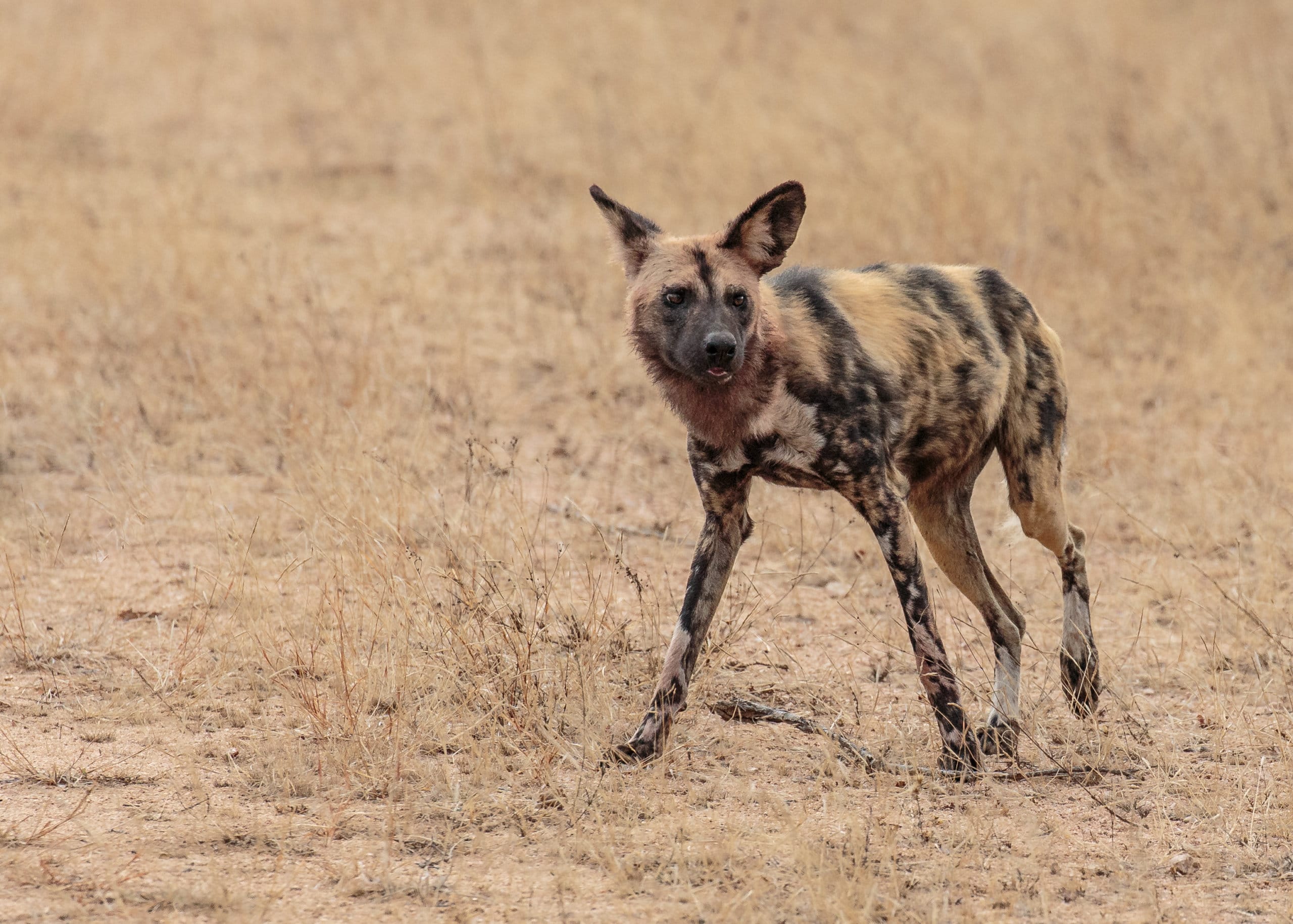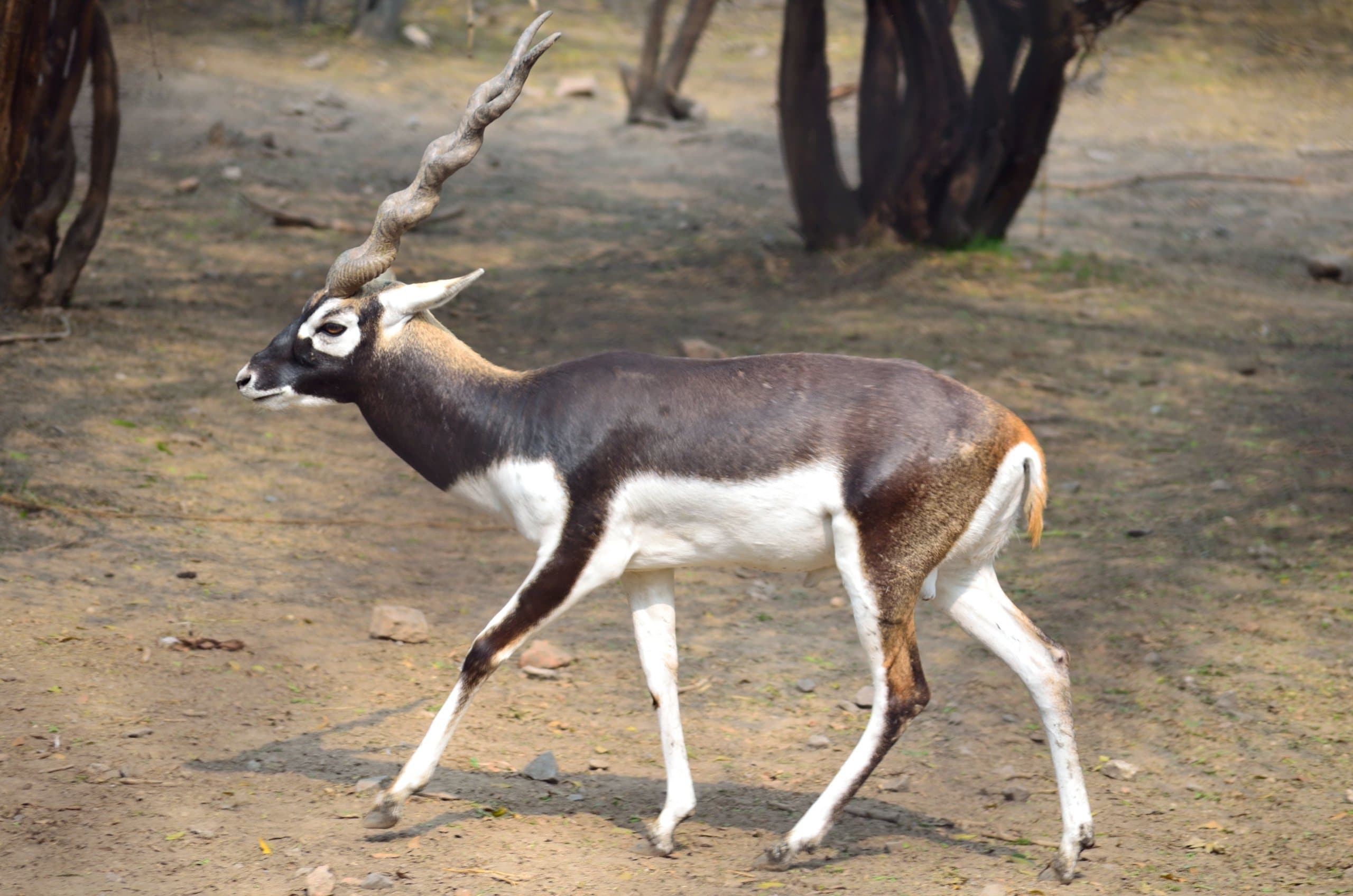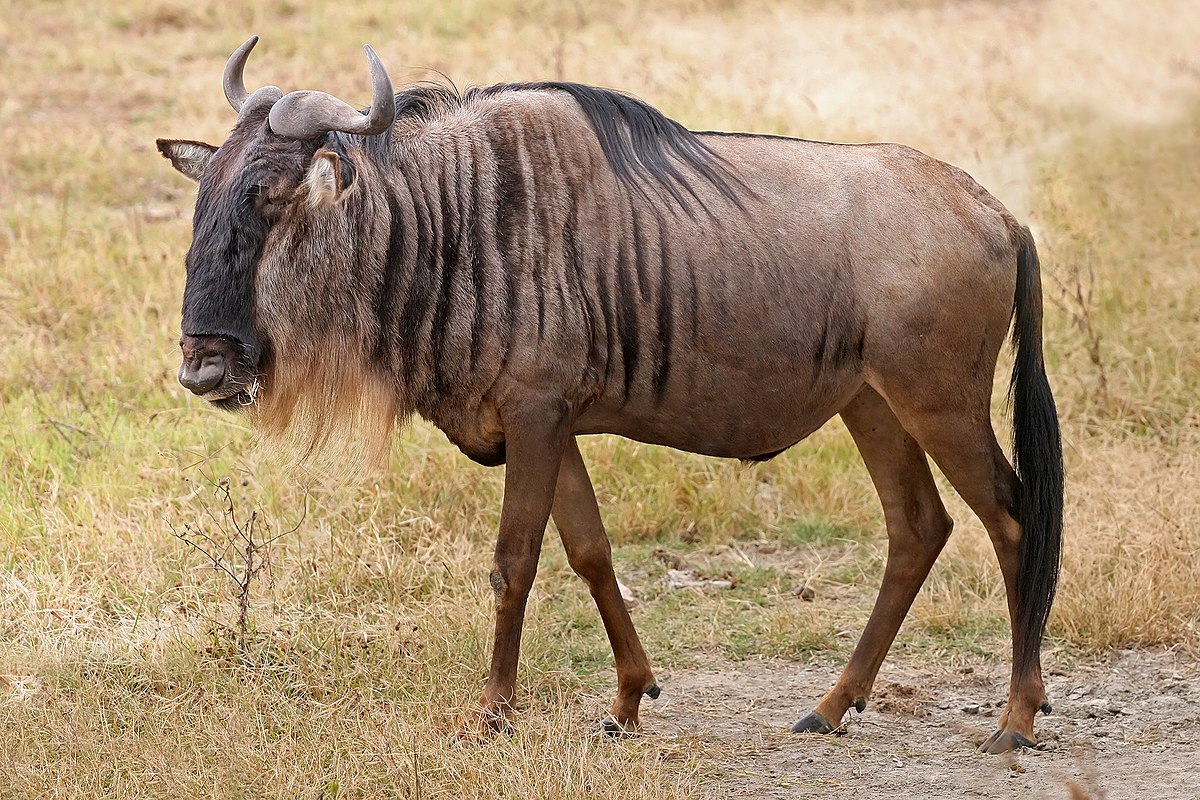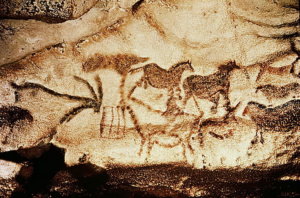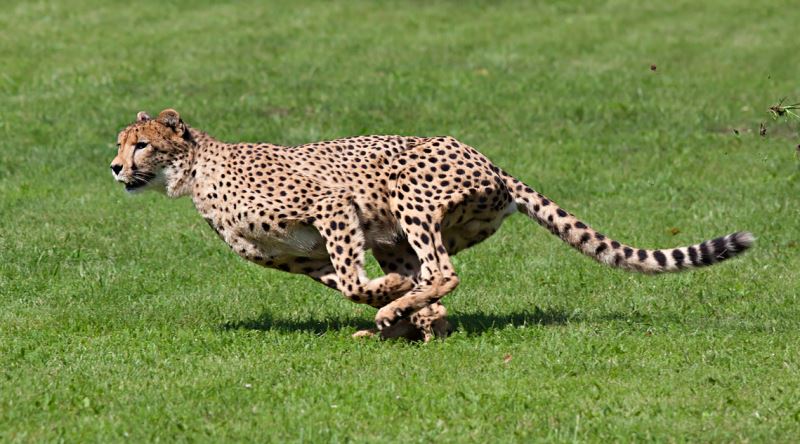
There are many animals in the animal kingdom that display impressive physical strength and adaptability. Some are known for their agility, some for their strength. The male lion is the most dominant animal in the African grassland and is known as the “king of beasts”. But what most people don’t know is that the speed of the lion is also surprising. In fact, speed is the most impressive ability for animals. So which animals are the fastest ? Together we take a closer look at the 10 fastest animals.
10. African wild dog: 44 miles per hour
Generally speaking, dogs are masters of racing, but African wild dogs are faster than any dog. They can reach speeds of up to 44 miles per hour when hunting prey. Coarse fur is a distinctive physical sign of African wild dogs. They are known for their speed, and their stamina to survive in the wild is also their renowned skill.
Wild dogs are also one of the most endangered species in Africa. In the past, the number of wild dogs was close to 500,000, now only a few thousand remain. They were once found in sub-Saharan Africa, but did not appear in the forests and deserts there. Human expansion is the main cause of the sharp decline in wild dog numbers in Africa, but the decline in prey caused by disease and grazing is also a major cause of the sharp decline in wild dog numbers. Botswana and Namibia have the wildest dogs on the African continent, and there are close to 100 wild dogs near the Moremi Wildlife Sanctuary.
Dingoes are “nomads” who hunt for food in groups, often hunt in groups and have a large hunting area. Do not underestimate their size, wild dogs can hunt animals much larger than themselves, such as wildebeest and wildebeest. Similarly, wild dogs can eat prey that is several times larger than their bodies. In the past, African wild dogs often lived in groups of hundreds, working together to care for and protect their young and old dogs. Similarly, they can realize the speed and passion of hunting in the area.
The African Animal Fund is dedicated to protecting wild dogs and preventing poaching. They monitor the numbers of wild dogs in real time, promote the conservation of endangered African wild dogs, and plan to increase the number of African runner-wild dogs by spreading foreign genes.
9. Greyhound: 45 miles per hour
The greyhound is extremely slender and tall. Compared to other domestic dogs, its incredible speed makes it unique. The slender body appears light and agile when running, with small heads and long but strong limbs. In Europe and North America, Greyhounds are bred mainly for dog racing. Although greyhound racing is popular, it is still controversial. The greyhound can reach speeds of 45 miles per hour in just two steps, and the explosive power in the sprint is incredible. They can run fast in a short time, but they need to rest for a long time after running.
Gray dogs have different colors of fur, including red, white, black, and even a mix of these colors. The Greyhound is easy to set up and is a potential stockpile as a guard dog. The average retirement age for greyhounds used for racing is about 5 years old. After that, most dogs will be adopted by caring families and will be cared for forever.
Greyhounds are one of the oldest creatures on earth and have been around for about 10,000 years. The Greyhound originated in the Middle East and has gradually spread to Europe, North America and Australia. In the past, Greyhounds were used mainly for hunting, which gradually inspired their extraordinary running abilities. Usually their prey is rabbits and foxes, and rabbits also run fast.
Greyhounds are doomed to be born extraordinary, they are man’s most loyal friends. They are natural runners and need regular training to stay fit. They are endurance masters in long-distance running and ideal running partners for humanity. They are naturally afraid of the cold due to their low body fat content. Even people who are allergic to dogs rarely have allergies when hounds meet dogs.
8. Rabbit: 50 miles per hour
The fast running of rabbits is well known for the spread of the story “The Tale of Aesop : The Tortoise and the Rabbit”, but many people think that the fast runners are rabbits, but this is not the case. Although rabbits are actually from the same family as domestic rabbits and have a similar appearance, rabbits have a larger body than domestic rabbits and there are many differences in appearance with their longer ears and thicker legs so that domestic rabbits can be more relaxed. made as much as possible. It gallops fast, can reach speeds of up to 50 miles per hour and can jump up to 10 feet.
In Africa, parts of Asia and North America, rabbits mostly live alone or in pairs. White arctic hares also live in the extremely cold Arctic Circle. Some rabbits even live in the desert, which means they are extremely adaptable species. Unlike domestic rabbits, rabbits have not been domesticated and have retained their primitive ferocity. In the spring breeding period, there are usually rabbits fighting with each other, rabbits do not raise offspring in nests like family rabbits, they build their own nests. Baby rabbits have the ability to defend themselves when they are very young.
Rabbits run fast to avoid predators such as hyenas, birds of prey and humans. In Europe and North America, people will catch rabbits to cook a variety of delicacies, and some people will catch rabbits to reduce the number of pests brought by rabbits. The rabbit’s large ears are especially used for long-distance tracking and can detect the breath of predators, including humans, so they are difficult to catch.
Rabbits are very timid and sensitive, mostly vegetarian, and have existed in folklore and mythology for thousands of years. Compared with the slender figure of the rabbit, but with the highest speed in the wild, amazing jumping ability and strong adaptability, people are often very impressed with this agile little man.
7. Blackbuck (Black antelope): 50 miles per hour
Blackbucks are horned animals. They are very similar to springboks, but the fur of male blackbucks is black, not a reddish brown like springbok. Blackbucks are light and flexible and are good at running long distances and overcoming all kinds of obstacles. Adult blackbucks can run at an average speed of 50 miles per hour.
Blackbucks generally need to avoid being hunted by coyote hyenas. They will also hunt blackbucks before Asian leopards go extinct. When Blackbucks senses danger, the entire herd of antelopes quickly jump and flee. In addition to jumping and running, they also rely on sharp eyesight to observe and avoid danger.
Blackbucks first inhabited the Indian subcontinent, and many of them are protected by national parks and nature reserves. Elms are herbivorous animals and migrate along the way in search of food and water sources. Antelopes usually number in the dozens to thousands. Since karakurt loves to eat grass, its migration route will avoid bushes and forests.
The Wildlife Conservation Act of 1972 outlawed hunting blackbirds, but people still hunt them for meat and fur. Some people forcibly “dispossess” their land in order to raise livestock. In the past, the Indian aristocracy also hunted a large number of blackbucks, for a long time Hindus also used blackbuck skins in their religion. They associated the Blackbucks with the moon god once captured in the movie Shenzong. Hindus claim that buckwheat will bring glory wherever they go.
Although blackbucks is native to the Middle East, it was later introduced to parts of North and South America. Blackbucks was first introduced in Texas in 1932. To this day, we can see blackbucks grazing slowly in bushes and meadows.
6. Leo: 50 miles per hour
The lion is the largest predator of the African continent. People have known about its ferocity for a long time, but little is known about its incredible speed. Lions prey on all kinds of animals such as zebras, giraffes, antelopes, buffaloes and elephants and can run at speeds of up to 80 km/h.
In size, lions are second only to tigers, and a male lion can weigh up to 500 pounds. Over the last decade, man’s hunting and cultivation of the land has resulted in a drastic reduction in the number of lions and a gradual reduction in their habitat. Despite the efforts of many wildlife conservation organizations, the number of lions has increased in African deserts, savannas and forests, but most of the lions are still in national parks or nature reserves.
Lions are social animals and often hunt in groups. Female lions usually take on hunting duties, while male lions are responsible for protecting the lion group from other animals. Lions are very good at tracking their prey, taking advantage of their impromptu surprise to kill their prey. Sometimes when hunting large animals such as elephants, lions are counterattacked by their prey and even killed by their prey.
Lions can be divided into five species due to the different geographical regions in which they live. Most live in southern and eastern Africa. Hundreds of years ago, lions’ footprints existed in North Africa, Asia, and Europe, but today the lions in these areas have disappeared. Lions can survive in many different natural environments, whether it’s the savanna or high mountains. Although lions can survive in arid environments, no trace of the lion has ever been found in deserts and rainforests.
5. Wildebeest: 50 miles per hour
When the antelope is in danger, top speed can reach 50 miles per hour. There are two types of antelope, black antelope and blue antelope. They belong to the bovid family, along with cows, goats, and antelopes. Both antelopes are native to Africa and are suitable for living in the grasslands of the south. Black and blue antelopes live in different regions and eat different foods, they can be distinguished by the color and orientation of their antennae.
Black wildebeest migrate more frequently and blue wildebeest are more abundant. Although antelopes are constantly hunted by animals and humans, their numbers have stabilized and remained high. Wildebeest lives in Zimbabwe in East Africa and South Africa. Due to excessive manhunt, the image of galloping antelopes on the African continent no longer exists, they can only move in national parks and nature reserves.
In East Africa, great herds of blue wildebeest are preparing to migrate on a large scale as the wet and dry seasons change. They need to be moved to places where aquatic plants are fertile and avoid attacks by carnivores on the way. Many wildebeest drowned in river water during their migration or were reduced to a Chinese food for lions, crocodiles or cheetahs. Wildebeest have many interesting ways to reduce their chances of being hunted.
Most antelopes are strong and extremely fast. In theory, they can attack their natural enemies individually or in groups. Wildebeest often flock in groups, and the strong adult wildebeest surrounds the offspring to protect them from carnivores. Herds of zebras often migrate with antelopes to protect themselves and reduce attacks from predators. When the antelope hears the miserable cries of other animals, it will always be on the alert to avoid surprise attacks from its natural enemies.
4. Ostrich: 60 miles per hour
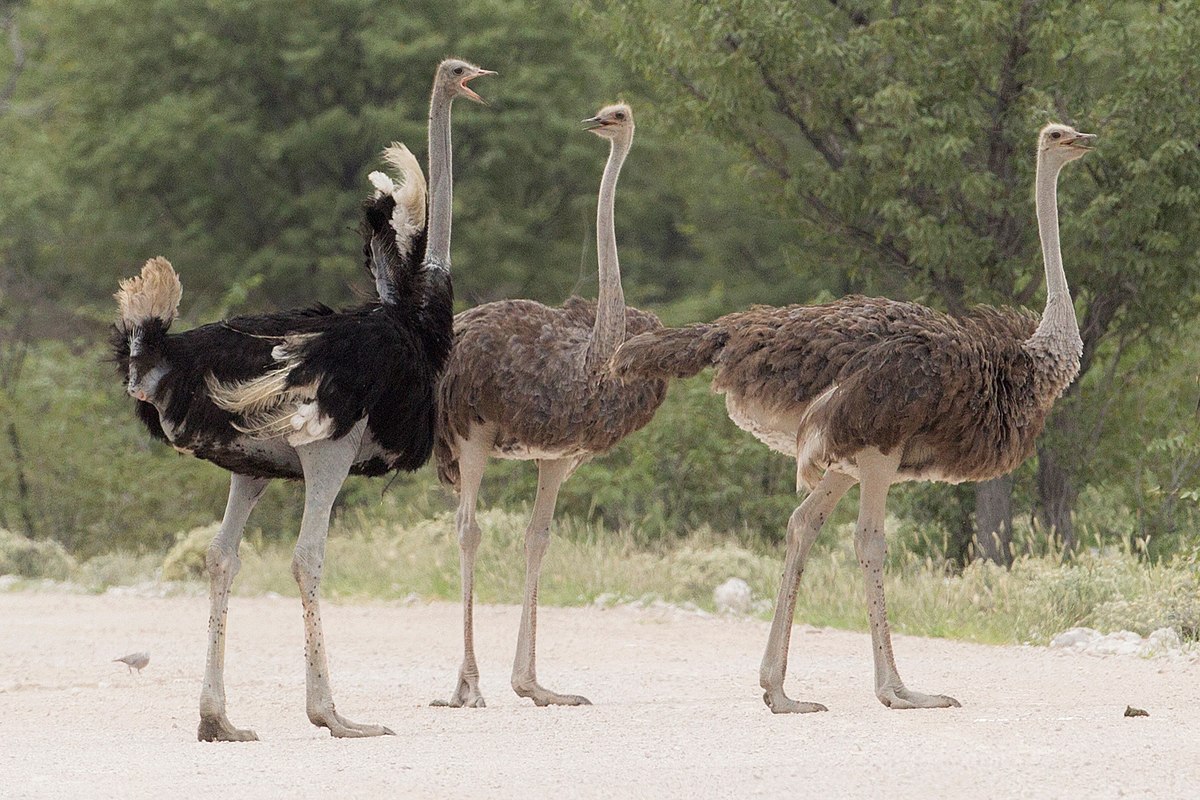
Although they cannot fly, the ostrich is the largest and longest bird in the world. What is unknown, however, is that an ostrich’s top speed can reach 60 miles per hour while running. In Africa, people even organize ostrich riding competitions. An ostrich can run for half an hour at 60 miles, a very long distance. Relying on their strong long legs and wings, they can exceed 3.5 meters in one step and often run wild even without the provocation of other animals or humans.
Ostriches are widely distributed in southern and eastern Africa. Ostriches are omnivores, mostly eating plants and small animals as well. The way ostriches get water is different from humans, they can get the water they need from plants. During the journey, they consume more than 3 kg of plants every day. As for breeding offspring, the weight of a single ostrich egg can reach 1.5kg. Naturally, the world’s largest and most conspicuous egg cannot be without them.
For centuries, people have hunted ostrich eggs, ostrich meat, and ostrich feathers. Its feathers are used in fashion accessories. In the past, such animals could be seen all over Africa, and they can also be found in parts of South Asia. However, the number of ostriches is now greatly reduced. There used to be an ostrich subspecies in the desert near Syria, but it became extinct in 1941. People are trying to reintroduce ostriches from the Middle East. Despite this, the ostrich is not actually an endangered animal.
3. Springbok: 60 miles per hour
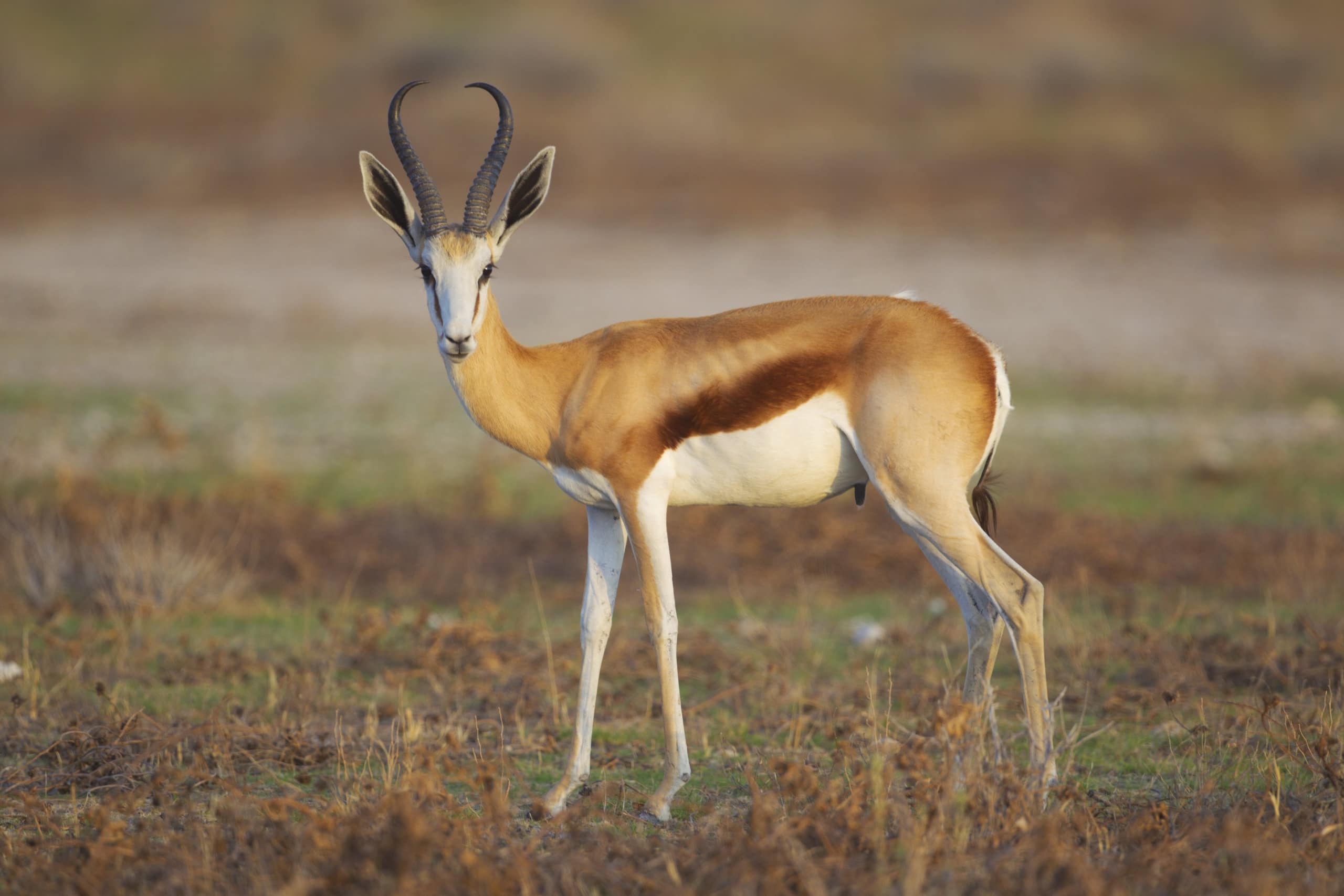
Like the Pronghorn, keen senses make the Springbok very alert. Once alerted, the springbok can run at speeds of up to 60 miles per hour. This also makes them the fastest mammals in the world. The Springbok is named for its ability to jump up to 9 feet in the air.
In addition to their powerful jumping abilities, humans can also recognize springbirds by the soft white fur on their faces and stomachs. The rest of the springbok body is bright brown-red. Springboks are light, weighing only 60 to 100 pounds.
Generally speaking, springboks rely on plants as their main food. During the hot summer months they mostly eat grass and in the dry winter months they need to look for bushes.
Springbok is the most common antelope in South Africa. They live in dry, wide plains. Here humans and other carnivores race to kill this cute little creature. Delicious game for humans makes the Springbok an ideal prey.
Springboks can reach the skill of jumping 13 feet into the air. Bend, clench the limbs, get to the ground, take off and land, the springbok repeats this series of actions.
In the past, groups of Springboks living in South Africa roamed the plains covered with shrubs, bushes and grass.
They used to migrate on a large scale over long distances, but nowadays, due to their overhunting behavior, the number of springboks has decreased sharply and the large-scale migration scene cannot be reproduced. Endless hunting behavior 19. This continued until the end of the century, which almost caused the bow bird to become extinct, but luckily their numbers began to increase again. People have always devoted themselves to protecting the Springboks population. As such, there is no long-term threat to their survival for Springboks.
2. Pronghorn: 100 miles per hour
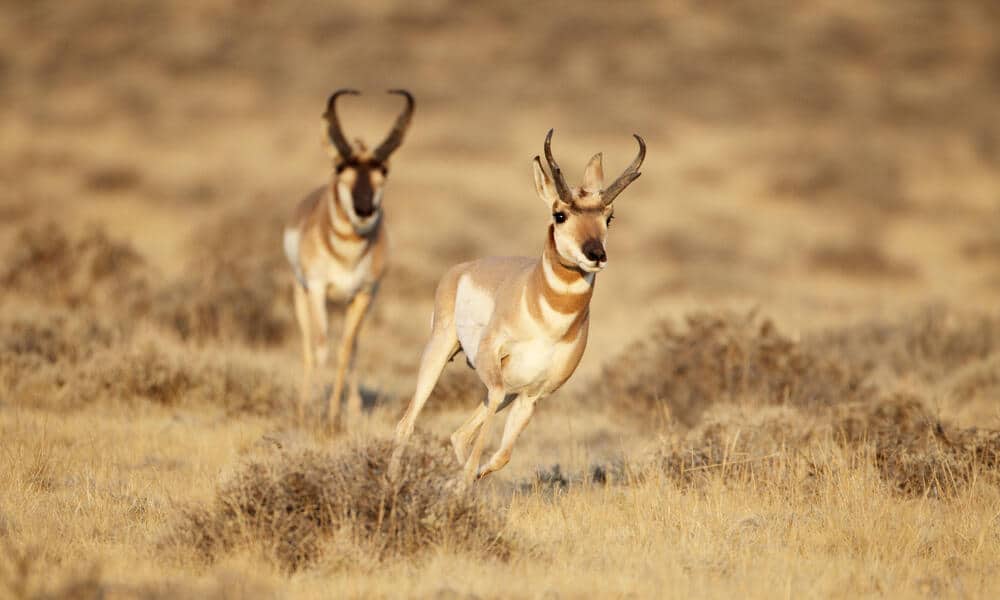
The pronghorn antelope is the fastest land animal in North America, running at speeds ranging from 60 kilometers to 100 kilometers per hour. It was during the expedition of Lewis and Clark that this animal was first discovered and described in North America. It is thanks to the advantage of running that pronghorns are able to avoid predation by natural enemies such as cougars and wolves. Although the cheetah runs the fastest in the world, its endurance is much lower than that of the pronghorn.
The Pronghorn has sharp eyesight and can see objects thousands of meters away. Their robust body shape and slender limbs are suitable for running, and their well-developed heart, lungs, and trachea are conducive to absorbing large amounts of oxygen, enabling them to run for long periods of time. At the same time, the soft cushion under the nail acts as a shock absorber to protect it from sports injuries.
Also, the pronghorn’s skeleton is very light, flexible and does not have many hairs on its body surface, so it does not sweat a lot and consumes energy while running. Pronghorn antelopes are born with excellent running ability, and their ability to jump is also amazing, especially when under great pressure.
Pronghorn antelopes live in large meadows and deserts at an altitude of 900-2400 meters. It feeds mainly on grasses, shrubs and cacti. Pronghorn antelopes are naturally curious and like to approach new things without obvious threatening features. Hunters often take advantage of this, sitting quietly and waving a white handkerchief, revealing the hidden pronghorn.
Today, pronghorn antelopes are distributed in the open areas of western North America from southern Canada in the north to northern Mexico in the south. There are many pronghorn antelopes in Yellowstone Park in the middle of the United States. In other parts of the world, the pronghorn antelope, which leaves almost no trace, is already a characteristic species of North America.
1. Cheetah: 112 miles per hour
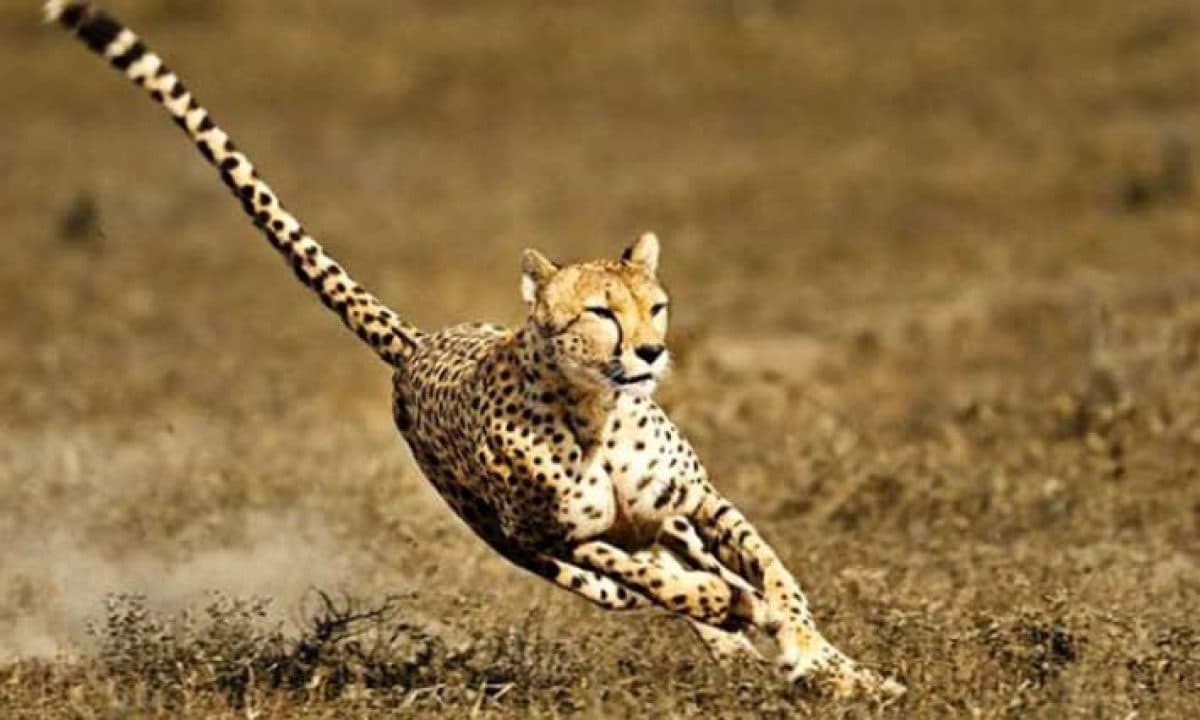
When it comes to the fastest animals, the cheetah is the first creature that comes to mind. Cheetahs are known for their precious fur, beautiful spots, and extremely agile movements. They are currently the fastest land animals in the world. It only takes a few seconds for them to run from start to 112 kilometers per hour. However, a cheetah’s top speed can usually only be kept between 400 and 500 metres. The speed of cheetahs is related to long-term prey such as gazelle and antelope.
Cheetahs usually follow their prey silently, and when the prey in front finds their natural enemies, they begin to flee for their lives. Meanwhile, the cheetah moved quickly to catch him. Due to the cheetah’s agile jumping ability and ability to run fast, prey can often be caught with only its hands. However, when they ran a certain distance, their body temperature rose rapidly and they had to stop for a while to dissipate the heat in their bodies and regain their physical strength.
If the weather is too hot or the altitude is too high, it is quite dangerous to engage in such extreme sports to hunt prey.
Cheetahs usually live in grass or other open environments. People often see cheetahs in tropical grasslands, and they can sometimes be found in deserts and rugged mountains.
After tens of thousands of years of accumulation, cheetahs continue to adapt to their environment and are slowly becoming the fastest-moving terrestrial animal on the planet. A strong heart, large lungs, and strong arterial system can absorb large amounts of oxygen and provide energy for high-speed exercise. In addition, the cheetah has a slender body, graceful posture and flexible movements. They have wide nostrils and nasal cavities. Its slender tail is full of muscles that can maintain the balance of the body, like a rudder. Help them be pointy. rotary. In short, all the physiological characteristics of the cheetah seem to have been made to be the fastest animal on land.

